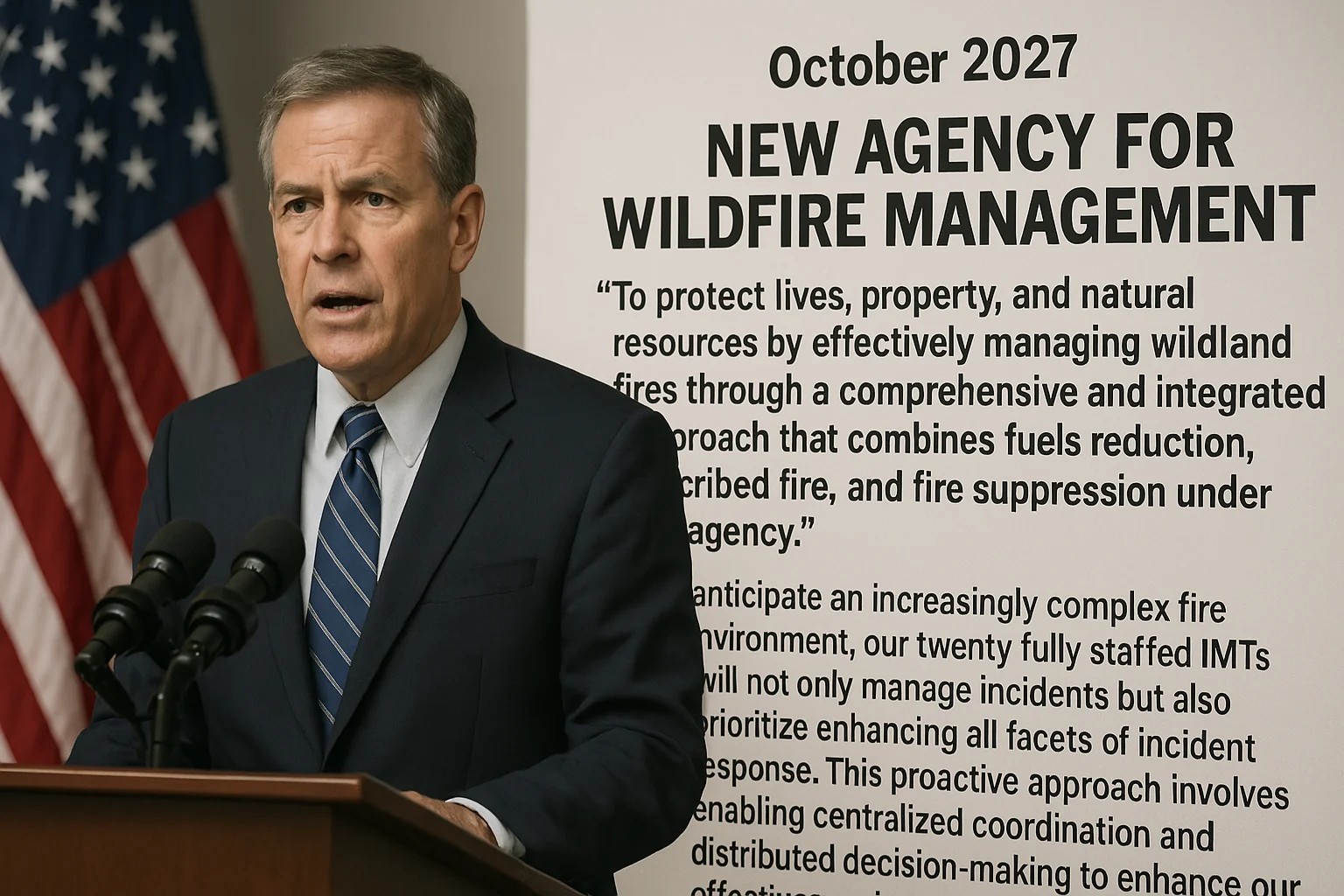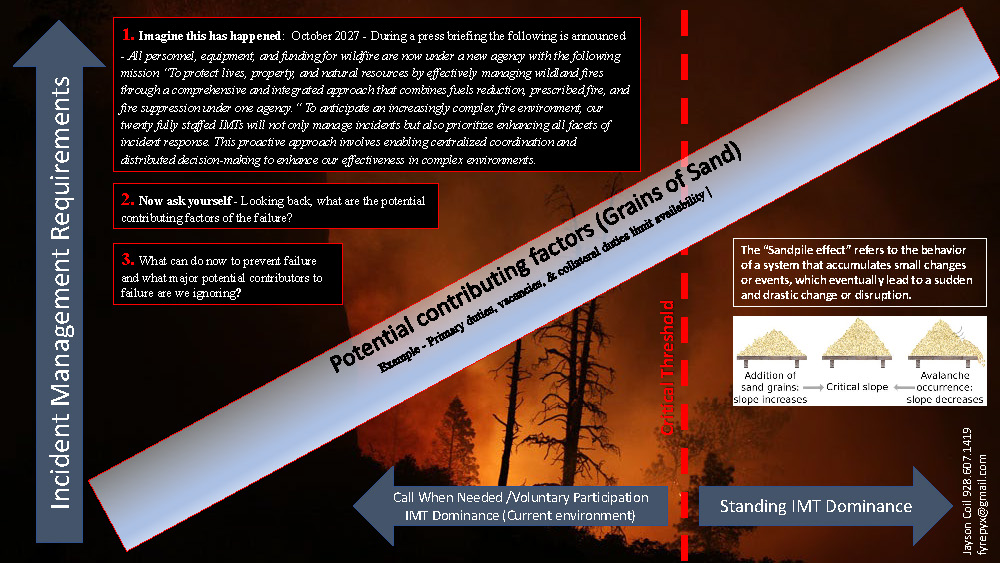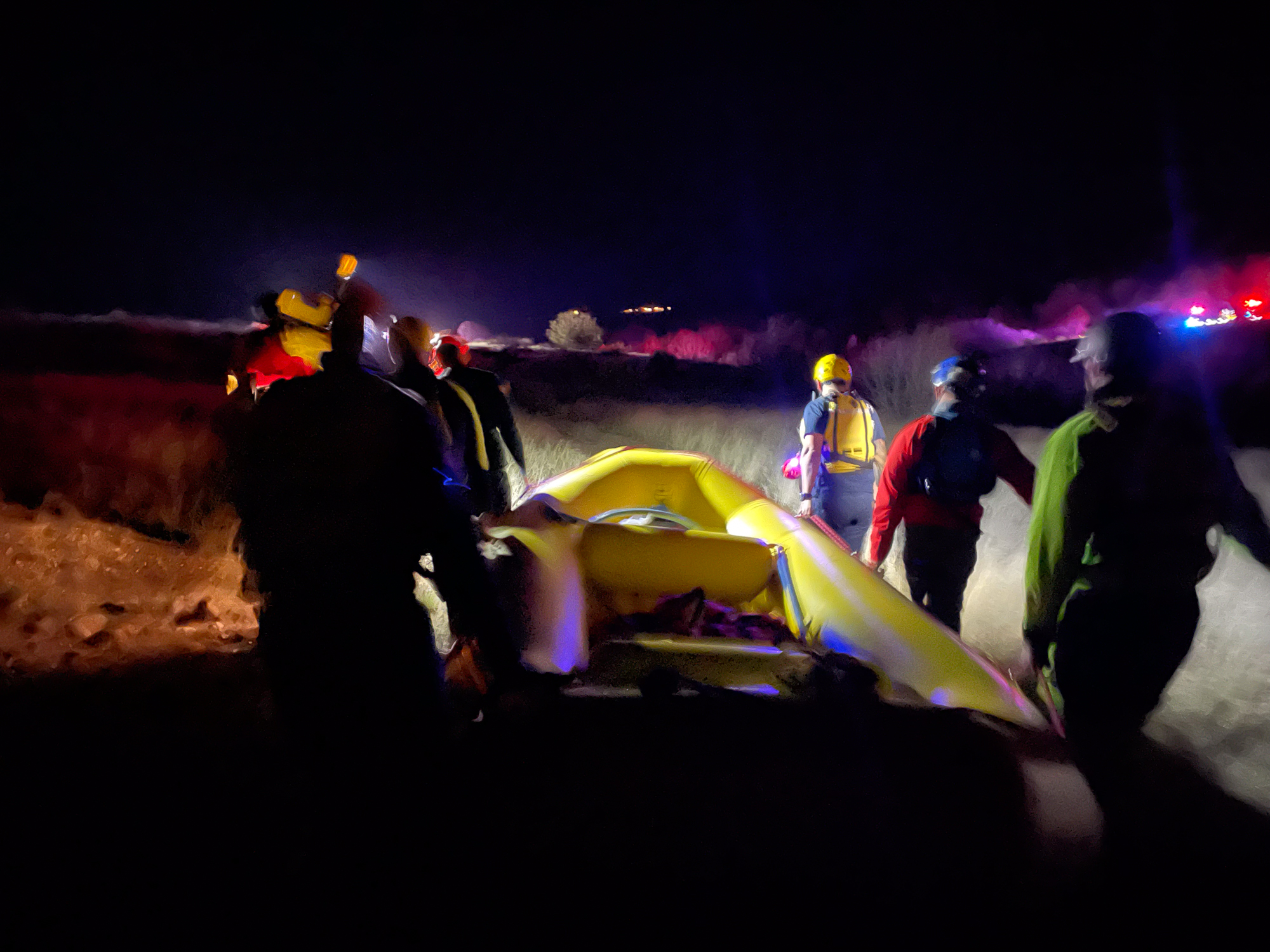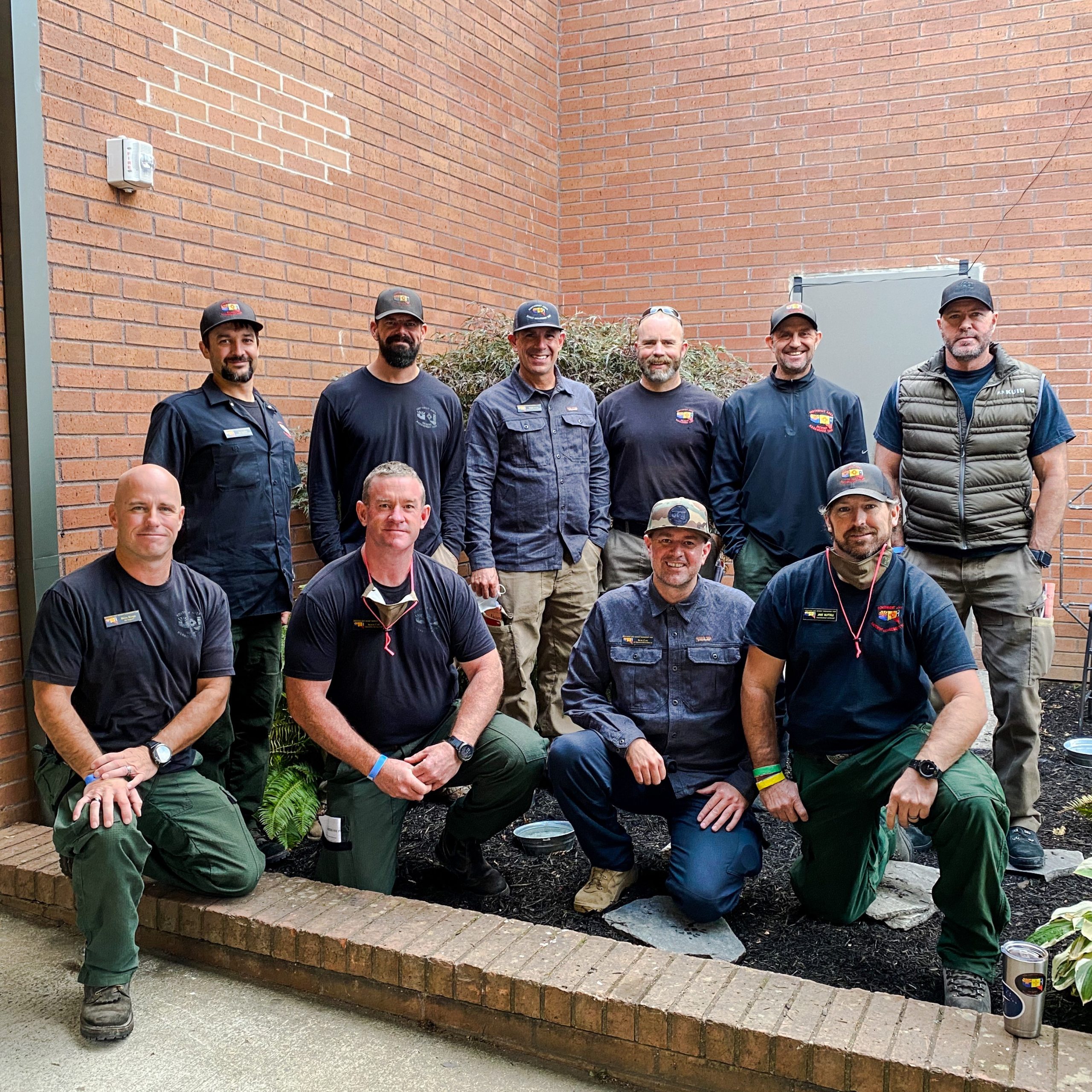
Explanation of Premortem and its Value as a Red Team Teaming Tool
In October 2027, during a press briefing, the following is announced:
All personnel, equipment, and funding for wildfire are now under a new agency with the following mission “To protect lives, property, and natural resources by effectively managing wildland fires through a comprehensive and integrated approach that combines fuels reduction, prescribed fire, and fire suppression under one agency.“ To anticipate an increasingly complex fire environment, our twenty fully staffed IMTs will not only manage incidents but also prioritize enhancing all facets of incident response. This proactive approach involves enabling centralized coordination and distributed decision-making to enhance our effectiveness in complex environments.
The Impacts of a Single Wildfire Agency
What if the envisioned merger and formation of a single agency, focused on the mission mentioned above, actually happened? Currently, each federal land management agency maintains its own wildfire program, tailored to its mission and well-versed in local conditions and challenges. These agencies have established crucial stakeholder relationships and a vested interest in their long-term success. While multiple policies and missions can be unwieldy, the current setup is likely more efficient than a larger organization burdened with new bureaucracy. Resource consolidation and centralized control would raise costs and potentially displace leadership, worsening existing hiring difficulties. It’s vital to note that these are potential downsides, as the outcomes of merging federal land management agencies’ wildfire resources would hinge on factors like organizational structure and management. Advocates assert that consolidation would enhance resource use, coordination, and collaboration, fostering a more united approach against wildfires. Conversely, opponents argue it could erode local control, increase bureaucracy and expenses, and challenge effective management of a large, intricate agency. Here are three major possible impacts:
Loss of Autonomy: Federal land management agencies, such as the U.S. Forest Service (USFS) under the Department of Agriculture and the Bureau of Land Management (BLM) under the Department of the Interior, have specific mandates and responsibilities related to land management, conservation, and resource utilization. If their wildland fire resources were merged into a separate agency, they could lose some autonomy and control over fire management decisions, potentially compromising their ability to fulfill their broader mandates effectively.
Competing Priorities: The federal land management agencies have multiple responsibilities beyond wildland fire management. They are tasked with overseeing various land uses, including recreation, timber harvesting, grazing, wildlife conservation, and cultural resource protection. Combining all fire resources into one agency might shift the focus primarily towards fire management, potentially diverting attention, and resources away from other critical land management activities.
Funding and Resource Allocation: Wildland fire management requires significant resources, including personnel, equipment, and funding. The federal land management agencies currently receive funding for fire management through their respective budgets, which are allocated based on their specific needs and priorities. A unified agency could potentially result in a redistribution of resources and funding, leading to disparities among the different land management agencies and potentially affecting their ability to address fire management adequately.
Explanation of Premortem and its Value as a Red Team Thinking Tool
To explore the potential contributing factors to this failed future state, a premortem exercise was conducted. The participants were asked to adopt a retrospective perspective and imagine that this announcement had taken place, leading to an undesirable outcome. Premortem is a powerful red team thinking tool that allows us to envision a future failure scenario before it happens. By looking back at a hypothetical failure, participants can identify and analyze factors that might have contributed to the failure, providing valuable insights for proactive mitigation and decision-making.
The value of a premortem lies in its ability to uncover potential risks, blind spots, and challenges that may not have been considered in traditional planning or decision-making processes. It encourages participants to think critically and creatively, challenging assumptions and exploring alternative perspectives. By assuming the failure has already occurred, participants are freed from the pressures of maintaining the status quo and are more likely to raise potential issues that might be overlooked in a forward-looking planning process.
By conducting a premortem on this failed future state, we gain a deeper understanding of the potential contributing factors. This exercise allows us to proactively address these factors, develop strategies for risk mitigation, and consider alternative approaches to ensure the effectiveness and efficiency of incident management efforts in the face of increasing complexity. In other words, address the issues impacting our ability to meet the need of future incidents.
Now, let’s delve into the identified potential contributing factors and recommendations to address them for improving IMT participation and effectiveness.
Identifying Potential Contributing Factors
The information received was grouped together by them and then used to compile the list of issues identified below that were believed to contribute to the failed state.
- Primary duties, vacancies, & waning institutional knowledge limit availability for incidents. – The current hiring environment has created impacts that national level attempts to address will not correct.
- Negative impact on personal and family well-being. The combination of fewer resources, additional prescribed fire requirements, and low pay have combined with an increased difficulty to hire and retain personnel to create a situation where work life balance is not possible.
- Increased incident frequency & severity. Self-explanatory.
- Obsolete training & standards unfit for meeting incident needs. Programs like Next Generation Task Book (NGBT) combined with addition training to enhance decision making can address this issue if they are prioritized appropriately.
- Inadequate strategic acumen, deficient decision analysis, & reliance on pseudo strategy. – Effective strategies require more than models, they require the tools and the cognitive capabilities to deal with complexity. Despite critical thinking being identified as an essential capability that must be developed, we continue to demonstrate an over reliance on linear processes and models.
- Suboptimal resource allocation & no centralized coordination. – The minimum required to successfully implement a strategy must exceed the maximum available. To accomplish this, we need to enhance our ability to coordinate and allocate resources. This requires centralized coordination and prioritization of incidents.
- Enforcing a culture of mediocrity while disregarding existing cultures of excellence. CIMT requires changes to operations, team configurations, and processes that will ensure a culture of mediocrity. This effort has been undertaken with little or no effort to learn from and exploit the cultures of excellence that exist across the country.
- Lack of continuity of leadership – Without a deliberate and sustained effort to develop leaders at every level and in every section IMTs are forced to choose from the least-worst option which contributes directly to lower participation and poor performance.
- Climate change – Any organization that operates in a volatile, uncertain, complex, ambiguous, and hyperconnected (VUCAH) state known that complexity requires an increased reliance on decentralized decision making and iterative planning. Climate change has enhanced the need for these skillsets on wildland fires.
- Loss of public trust –This contributor to the failed state should serve as a cautionary reminder that without public trust we should expect that incomplete information or a lack of understanding from the public will be met with enhanced skepticism and reduced support for the actions essential to incident management and ecosystem restoration.
- Deterioration of team identity resulting in adverse consequences – The proposed pooling of resources and reduced primary roster size are just two examples of how actions currently being implemented or proposed will lead to reduced participation in IMTs which will directly contribute to the failed state.
- Superficial solicitation of input with predetermined inflexibility – One of the most common responses was that those implementing CIMT and the associated actions only solicit feedback so they can check the box. Complex issues often require innovative and creative solutions. By only seeking superficial input or being inflexible in considering alternative viewpoints, organizations risk missing out on valuable insights and potential solutions. This narrow approach can hinder problem-solving and limit the organization’s ability to address complex challenges effectively.
- Inadequate and sluggish response to evolving conditions – One example of this that was provided is the liaison officer role. It is considered an essential function for every Type 1 IMT and has been for many years, yet it still is not fully recognized. Every section on an IMT can provide examples of how the system has failed to respond to the changing incident demands.
Addressing the Factors
Recognizing thirteen potential contributing factors that could lead to a failed state. These factors encompass a wide range of issues, including limitations in availability for incidents, negative impacts on personal and family well-being, obsolete training and standards, inadequate strategic acumen, suboptimal resource allocation, loss of public trust, and more.
To address these contributing factors and better prepare for the consequences, it is crucial to take proactive measures. In Appendix A I have outlined a series of broad proposed actions aimed at mitigating risks, enhancing preparedness, addressing causal factors, and facilitating a positive outcome of excellence for each of the 13 identified factors. While it is believed these actions will help to minimize the likelihood of failure and create conditions for success in the face of challenging circumstances we face, it is understood that the list must be refined.
To refine the list, all the mitigative factors identified in Appendix A were considered and the ten major undertakings with the potential to generate the greatest impact on the whole range of actions and conditions contributing to the failed state was identified. These ten strategic interventions could be implemented to effectively address multiple factors simultaneously. Through their implementation, we can promote resilience, adaptability, and proactive decision-making in the face of evolving conditions.
Ten Actions with the Greatest Impact
Based on the mitigative actions outlined above to the listed possible causes of the failed state, here are ten steps that could have the greatest impact on addressing a range of possible causes of the conditions that contributed to the failed state.
- Enhance training and professional development: Invest in comprehensive and up-to-date training programs that equip IMT members with the necessary skills and knowledge to respond effectively to incidents.
- Foster a culture of excellence: Promote a culture that values high standards, continuous improvement, and professional growth within IMTs.
- Improve resource allocation and coordination: Develop standardized protocols and a centralized coordination system to efficiently allocate and coordinate resources during incidents.
- Address the impacts of climate change: Develop specialized training, resources, and strategies to address the increasing severity, duration, and frequency of incidents caused by climate change.
- Rebuild public trust: Enhance transparency, communication, and accountability to rebuild public trust in IMTs and their capabilities.
- Establish leadership succession plans: Develop plans to ensure continuity of leadership within IMTs and facilitate smooth transitions.
- Strengthen team cohesion and identity: Foster a sense of belonging, camaraderie, and shared purpose among IMT members to enhance team cohesion.
- Promote inclusive decision-making: Encourage national leaders to solicit input, foster collaboration, and be open to flexibility and adaptability in decision-making processes.
- Foster a culture of adaptability: Promote a culture that embraces continuous learning, evaluation, and adaptation to address evolving conditions.
- Enhance situational awareness: Improve processes and systems for gathering, analyzing, and disseminating information related to evolving conditions, enabling proactive decision-making and response.
By implementing these ten steps, it is possible to have a significant impact on various causes that may contribute to reduced IMT participation and the failed state. These steps address training, resource allocation, climate change impacts, public trust, leadership, team cohesion, decision-making processes, adaptability, and situational awareness, collectively contributing to a more effective and engaged IMT community.






